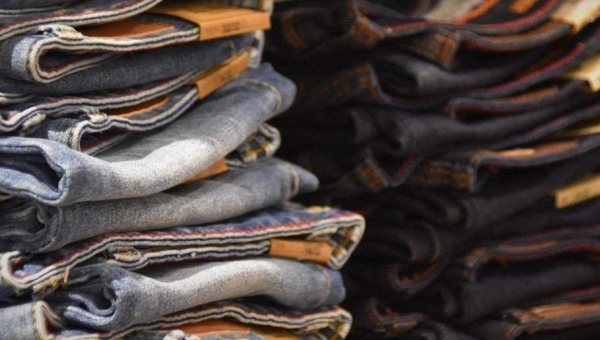The Smart Factory Summit 2024 in Hyderabad, September 2024 a coveted event is poised to revolutionize the manufacturing landscape by delving into the transformative power of Industry 4.0. This dynamic event will explore how data-driven insights are reshaping production, and prioritizing sustainability through the integration of renewable energy and circular economy practices.
Additive manufacturing will take center stage, showcasing its potential to redefine production with unprecedented design freedom and flexibility.
Recipe for success
By converging robotics, AI, and human expertise, smart systems will elevate safety and productivity to new heights. Real-world success stories will demonstrate the tangible benefits of smart factories, while industry pioneers, technology experts, and sustainability champions convene to push the boundaries of Big Data, AI, and the Industrial Internet of Things.
Attendees will gain invaluable knowledge and connections to build a future of competitive, sustainable manufacturing.




